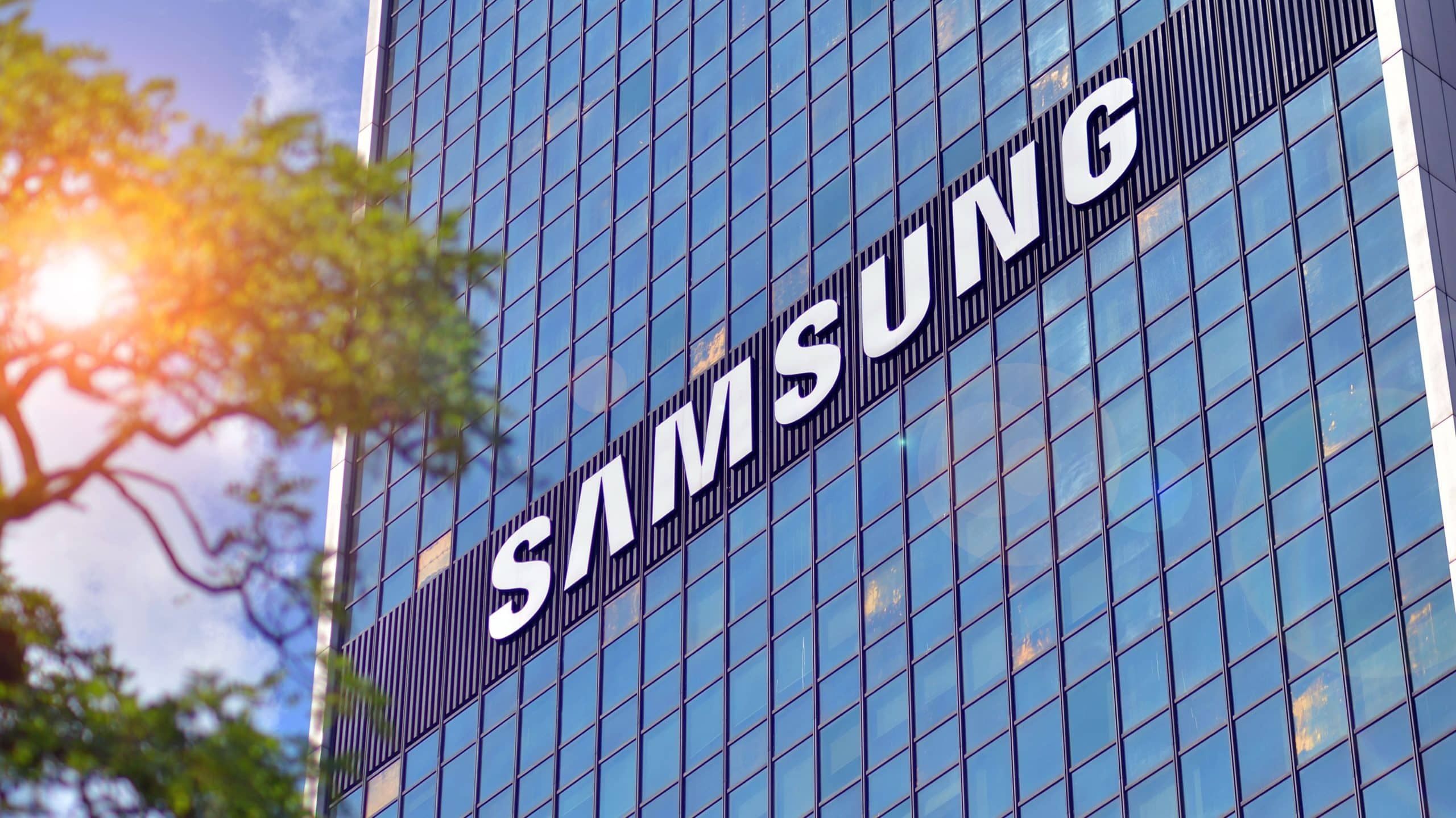Samsung Electronics has released its financial results for the second quarter of 2025, painting a picture of both short-term challenges and long-term strategic commitment. On one hand, the company reported a significant drop in profitability, pressured by regulatory hurdles, geopolitical tensions, and a global economic slowdown. On the other, Samsung is doubling down on next-generation technologies such as AI-dedicated semiconductors, high-capacity storage, advanced display systems, and smart mobile solutions powered by artificial intelligence. This reflects a deliberate focus on long-term value creation rather than short-term profit optimization.
Revenue and Profitability: Stable Sales, But a Steep Profit Decline
Samsung’s consolidated revenue for Q2 2025 reached KRW 74.6 trillion, marking a modest 1% year-over-year increase. While sales remained relatively stable despite ongoing external pressures, operating profit plunged to KRW 4.7 trillion, a 55% decrease from the same quarter in 2024 and 30% down from Q1 2025. Net profit came in at KRW 5.1 trillion, and earnings per share dropped to KRW 737, compared to KRW 1,419 a year ago. These figures signal a notable decline in both operating and net profit margins, suggesting rising costs and structural headwinds.
Memory Division: Strategic Growth Targeting AI Demand
Samsung’s semiconductor division, particularly its Memory segment, showed mixed results with future-oriented signals. The Device Solutions (DS) division recorded KRW 27.9 trillion in revenue, but operating profit fell sharply to just KRW 0.4 trillion. Despite the downturn, Samsung is taking a proactive approach, shifting its focus toward high-demand areas like HBM3E and DDR5 for AI infrastructure and servers. The company also made progress in reducing NAND inventory, bolstered by a significant increase in SSD sales to data centers resuming purchases after prolonged delays.
Foundry and System LSI: Operational Challenges With a Clear Roadmap
Samsung’s Foundry and System LSI divisions continue to face profitability challenges despite a clear development strategy. In System LSI, sales of advanced chips based on GAA (Gate-All-Around) technology remained stable, but profits were constrained by ongoing R&D expenses. The Foundry segment saw strong revenue growth but struggled with margins due to U.S. export restrictions to China—particularly around AI-related chips.
Samsung Display: Focused Growth in Premium and Gaming Segments
The Samsung Display unit posted KRW 6.4 trillion in revenue and a steady KRW 0.5 trillion in operating profit. Growth was driven by small and mid-sized displays, boosted by new smartphone launches and expanding sales in automotive and PC display markets. In the large display category, Samsung continued to see growth in QD-OLED panels, a segment where it aims to maintain technological leadership.
Mobile Division (MX): Innovation and Smart Ecosystem Expansion
The Mobile Experience (MX) division delivered strategic consistency, with KRW 28.5 trillion in revenue and KRW 3.1 trillion in operating profit. Despite seasonal shipment declines, the division maintained double-digit profitability. Samsung highlighted the success of its Galaxy S25 series and robust sales of the mid-range Galaxy A lineup, which now includes advanced AI features. The company also showcased innovations in XR and TriFold device formats, reinforcing its role as a technology trendsetter.
Consumer Electronics and Harman: Tech Differentiation and Operational Efficiency
In the Visual Display/Digital Appliances (VD/DA) segment, Samsung reported KRW 14.1 trillion in revenue, but operating profit slipped to just KRW 0.2 trillion. On a brighter note, Harman, Samsung’s subsidiary specializing in audio systems and smart automotive tech, reported strong performance with KRW 3.8 trillion in revenue and KRW 0.5 trillion in profit, underscoring the growing demand for intelligent in-vehicle systems.
Financial Strength Enables Strategic Investment Amid Market Turbulence
Samsung remains financially resilient, holding KRW 100.7 trillion in cash reserves and generating KRW 17.3 trillion in positive operating cash flow during the quarter. With a debt-to-equity ratio of just 4%, the company has ample flexibility to continue investing in long-term growth drivers without compromising financial stability.
Conclusion: A Decisive Bet on Core Technologies of the Future
Q2 2025 underscores the growing gap between short-term profitability and long-term strategic positioning. Samsung is forging ahead with a clear roadmap to global leadership in AI semiconductors, premium displays, and intelligent mobile systems. The company’s strong financial structure and long-range planning capacity signal its ability to weather current market headwinds while building a tech-driven future.
Comparison, examination, and analysis between investment houses
Leave your details, and an expert from our team will get back to you as soon as possible
* This article, in whole or in part, does not contain any promise of investment returns, nor does it constitute professional advice to make investments in any particular field.
To read more about the full disclaimer, click here- orshu
- •
- 7 Min Read
- •
- ago 4 hours
 THE AMERICAS MARKET CLOSES IN THE RED, DRIVEN BY BROADER SELL-OFF
THE AMERICAS MARKET CLOSES IN THE RED, DRIVEN BY BROADER SELL-OFF
The final trading session of the week for the Americas' markets saw a broad decline, as a wave of selling
- ago 4 hours
- •
- 7 Min Read
The final trading session of the week for the Americas' markets saw a broad decline, as a wave of selling
- orshu
- •
- 6 Min Read
- •
- ago 5 hours
 U.S. Labor Market Weakens Sharply: Job Growth Disappoints, Prior Data Revised Down Heavily
U.S. Labor Market Weakens Sharply: Job Growth Disappoints, Prior Data Revised Down Heavily
The latest U.S. jobs report paints a troubling picture of the labor market's momentum. The economy added just 73,000 jobs in
- ago 5 hours
- •
- 6 Min Read
The latest U.S. jobs report paints a troubling picture of the labor market's momentum. The economy added just 73,000 jobs in
- orshu
- •
- 7 Min Read
- •
- ago 7 hours
 USA Rare Earth (USAR): A Strategic Bet on America’s Critical Mineral Independence
USA Rare Earth (USAR): A Strategic Bet on America’s Critical Mineral Independence
Initiation with a $16 Price Target — What's the Rationale? Cantor Fitzgerald has initiated coverage on USA Rare Earth (Ticker: USAR) with
- ago 7 hours
- •
- 7 Min Read
Initiation with a $16 Price Target — What's the Rationale? Cantor Fitzgerald has initiated coverage on USA Rare Earth (Ticker: USAR) with
- orshu
- •
- 6 Min Read
- •
- ago 7 hours
 ExxonMobil Q2 2025 Earnings: Operational Strength Amid Net Income Decline
ExxonMobil Q2 2025 Earnings: Operational Strength Amid Net Income Decline
ExxonMobil (NYSE: XOM) released its Q2 2025 earnings report, highlighting robust operational metrics and continued cost efficiencies, despite a notable
- ago 7 hours
- •
- 6 Min Read
ExxonMobil (NYSE: XOM) released its Q2 2025 earnings report, highlighting robust operational metrics and continued cost efficiencies, despite a notable












